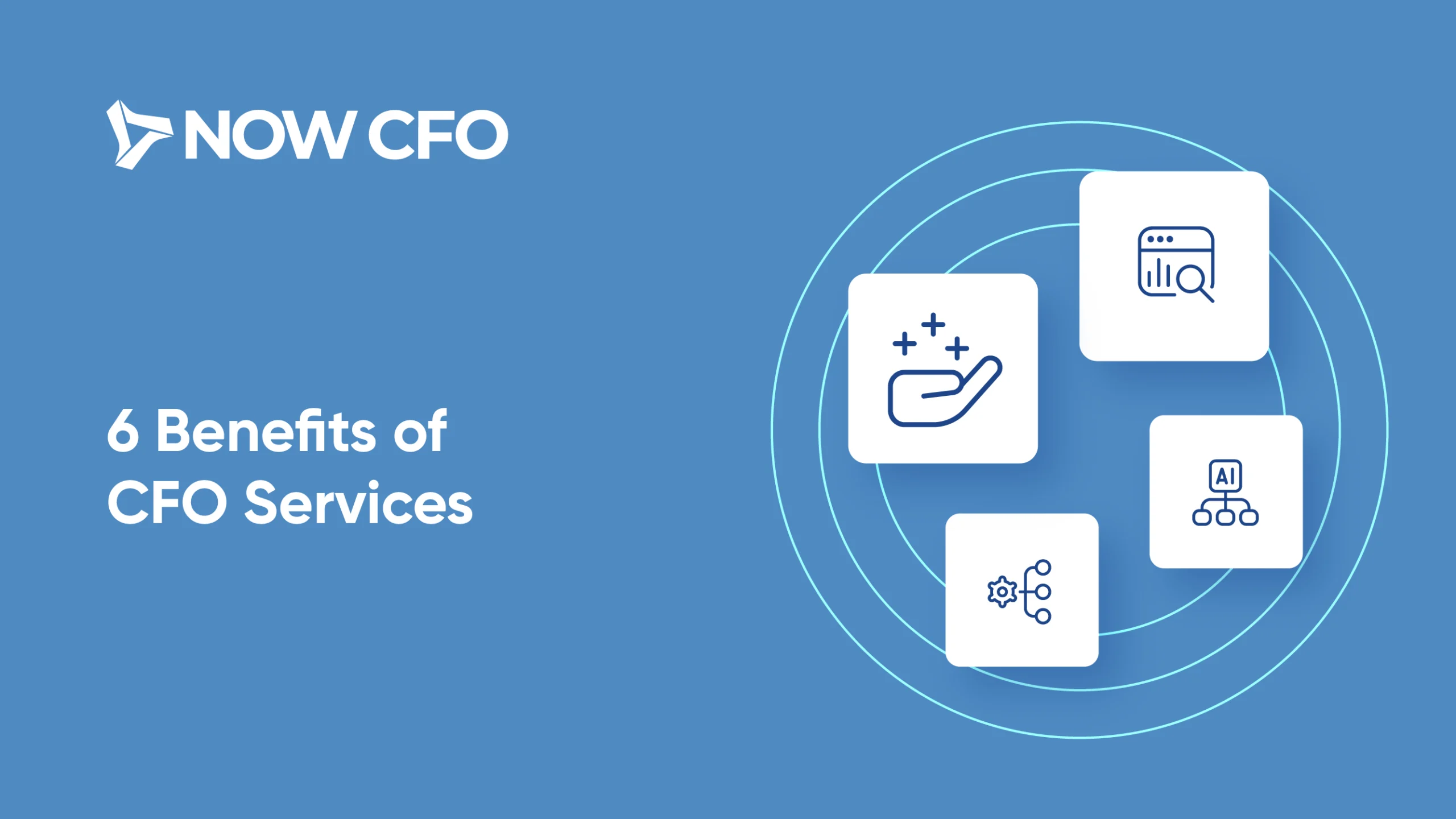
Profit margins are a crucial indicator of a business’s financial health, yet many companies fall victim to common myths that hinder their profitability. Understanding the realities behind these misconceptions is crucial for achieving profit margin improvement.
This blog will debunk the most pervasive myths, identify hidden profit drains, and offer proven strategies for enhancing profit margins effectively.
Common Misconceptions About Profit Margins
Understanding profit margins is crucial for any business aiming for profitability, but many companies fall victim to common misconceptions that can undermine their profit margin improvement efforts. Let’s debunk these myths and shed light on the realities every business should consider.
1. Misconception 1: Profit Margins Automatically Increase with Sales Growth
One of the most prevalent myths is that increased sales will always lead to improved profit margins. While sales growth is essential for expanding revenue, it doesn’t guarantee higher profits.
- The Reality: As sales increase, operational costs also often rise. Production, marketing, distribution, and staffing expenses can expand rapidly, cutting into profit margins.
2. Misconception 2: Reducing Staff Will Improve Margins
Many businesses assume that cutting staff is an effective way to improve profit margins, but this short-sighted approach leads to more significant problems.
- The Reality: Reducing staff might lower expenses initially, but it can also decrease productivity, poor customer service, and increased burnout for remaining employees.
- What to Do Instead: Focus on enhancing staff productivity and training. Well-trained employees are more efficient and capable of handling increased workloads, leading to improved profit margins without the risks associated with cutting staff.
3. Misconception 3: All Business Expenses Are Fixed
Another misconception is that all expenses are fixed and cannot be adjusted, leading many business owners to miss out on opportunities for profit margin improvement.
- The Reality: Many expenses are variable and can be controlled or optimized. For instance, utility bills, supply costs, marketing expenses, and rent can be negotiated or adjusted. By implementing energy-efficient practices, businesses can save up to 30% on energy costs.
Factors That Secretly Erode Your Profit Margins
Identifying the hidden factors that erode your profit margins is crucial for achieving sustained profitability. These factors often go unnoticed, gradually chipping away your earnings and undermining your profit margin improvement efforts.
1. Operational Inefficiencies
Operational inefficiencies are one of the biggest culprits behind shrinking profit margins. Inefficient processes, outdated systems, or manual tasks can increase costs and decrease productivity.
- The Reality: According to a study, businesses that implemented automation to address inefficiencies experienced a 25% reduction in operational costs.
- Examples of Inefficiencies
- Manual data entry processes that can be automated
- Inefficient inventory management leading to overstocking or stockouts
- Poor workflow organization, causing delays and errors
2. Fluctuating Raw Material and Supply Costs
Raw material and supply costs can significantly impact profit margins, mainly if your business heavily relies on materials subject to price fluctuations. These rising costs can quickly erode profit margins if not managed properly.
- What You Can Do
- Negotiate long-term contracts with suppliers to lock in lower prices.
- Diversify your supplier base to avoid dependence on a single source.
- Regularly review pricing strategies to reflect changes in material costs.
3. High Customer Acquisition Costs (CAC)
Businesses often underestimate the impact of high customer acquisition costs on their profit margins. Spending too much on marketing and advertising to attract new customers can significantly reduce profitability.
4. Poor Pricing Strategies
Incorrect pricing strategies can secretly drain profit margins. Many businesses either underprice their products to stay competitive or overprice them without understanding their customers’ willingness to pay.
- Example: Underpricing can attract more sales but often leads to razor-thin profit margins. On the other hand, overpricing can result in lower sales volumes, affecting overall profitability.
What to Do
- Conduct market research to understand what your customers are willing to pay.
- Implement value-based pricing, where prices reflect the perceived value to the customer rather than just covering costs.
5. Neglecting Financial Management and Debt
Poor financial management, such as not keeping track of expenses, failing to manage cash flow, or accumulating high-interest debt, can silently eat into profit margins.
Proven Profit Margin Improvement Techniques
Improving your profit margins requires implementing strategies that enhance efficiency, reduce unnecessary expenses, and optimize revenue. Here are several proven techniques to improve profit margins and drive your business toward greater profitability.
1. Implement Efficient Inventory Management
Effective inventory management plays a crucial role in improving profit margins. Poor inventory control can lead to overstocking, increased holding costs, and spoilage or obsolescence.
- The Impact: Businesses that optimized their inventory management reduced carrying costs by an average of 20%.
- What to Do:
- Implement just-in-time (JIT) inventory practices to reduce excess stock.
- Use inventory management software to track stock levels, forecast demand, and automate reordering processes.
2. Invest in Staff Training and Development
Well-trained employees are more efficient, make fewer mistakes, and provide better customer service, improving profit margins.
- Why It Matters: Businesses investing in regular employee training saw a 24% increase in productivity.
- How It Helps Profit Margins
- Trained employees are better equipped to upsell and cross-sell products, increasing average transaction values.
- Reduced error rates mean lower waste and fewer costly mistakes.
3. Use Data Analytics to Identify Profitable Customer Segments
Leveraging data analytics can significantly improve your profit margins by identifying which customer segments are the most profitable and which products or services generate the highest returns.
- Steps to Take
- Analyze sales data to identify your most profitable customers and tailor marketing efforts to retain and upsell to these groups.
- Focus on products or services with the highest profit margins and consider discontinuing low-margin items.
4. Optimize Your Pricing Strategy
Pricing directly impacts your profit margins, so getting it right is crucial. Many businesses underprice their products or services, leaving money on the table.
- Conduct Regular Price Reviews: Regularly evaluate your pricing strategy to ensure it aligns with market demand, competitor pricing, and cost changes.
- Use Value-Based Pricing: Instead of just covering costs, set prices based on the value your product or service offers customers.
5. Reduce Waste and Overhead Costs
Identifying and eliminating waste is essential for improving profit margins. Waste can come in many forms, including unnecessary expenses, inefficient processes, and wasted time on non-essential tasks.
- Practical Steps:
- Conduct a thorough audit of your expenses to identify unnecessary costs.
- Implement lean management practices to streamline operations and reduce waste.
Improving your profit margins requires a strategic approach that involves debunking myths, identifying hidden profit drains, and implementing proven techniques. You can build a more profitable and sustainable business by taking these steps.
If you’re ready to uncover hidden opportunities for profit margin improvement and want expert guidance tailored to your business, contact NOW CFO. Our team of financial experts can help you develop a customized plan to maximize your profitability and achieve long-term success.










